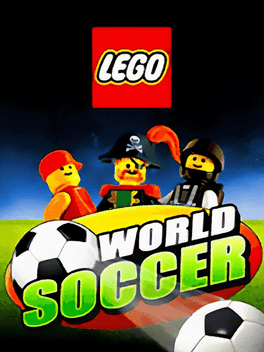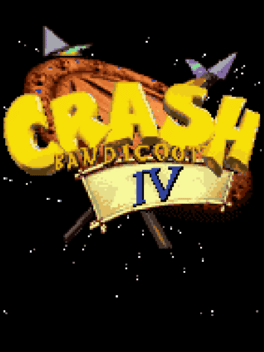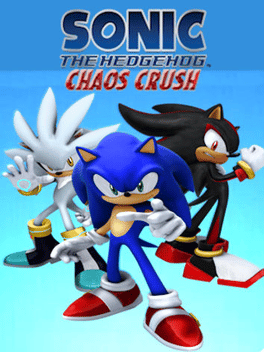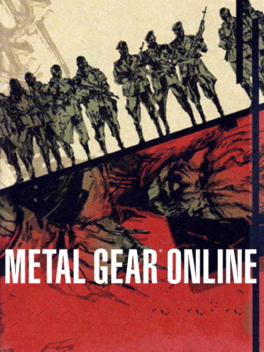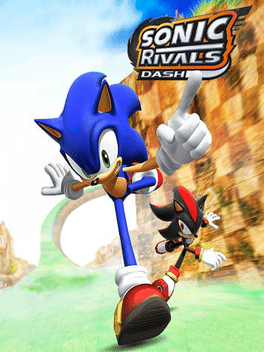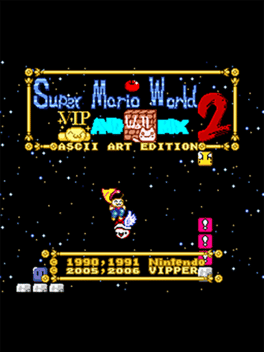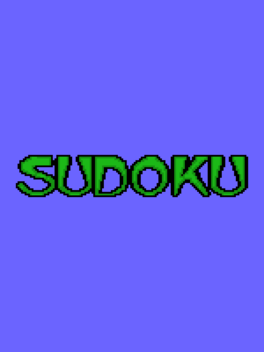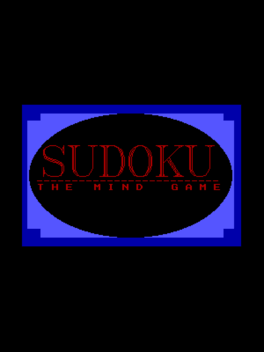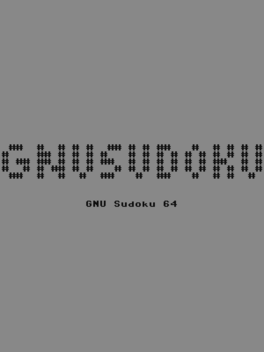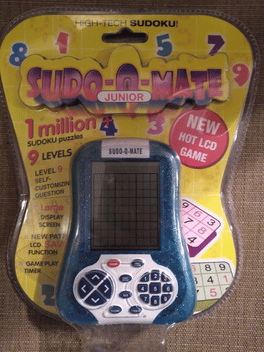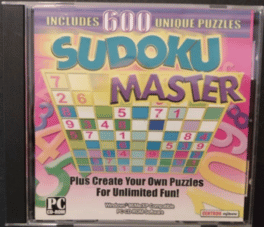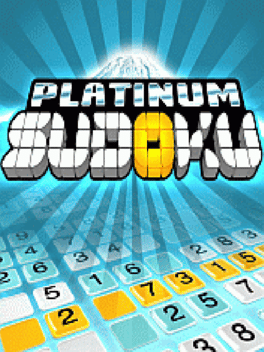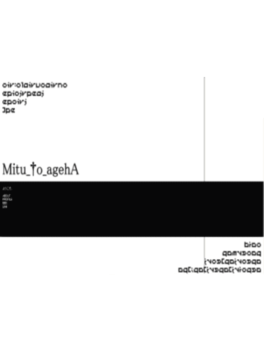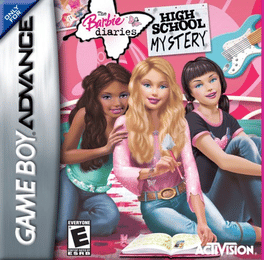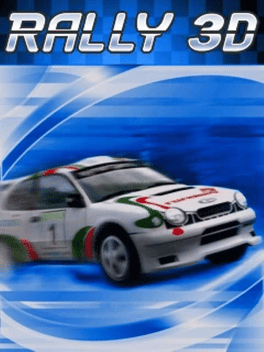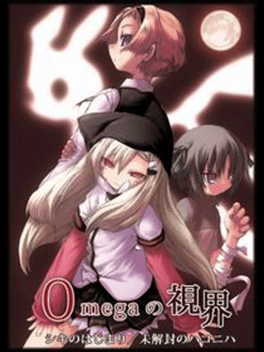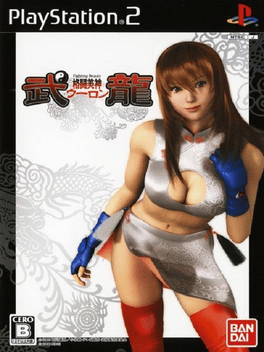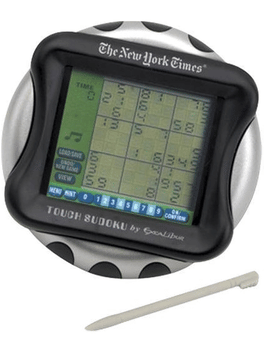New Games - Page 10172
-
LEGO World Soccer
2006
LEGO World Soccer
2006
LEGO World Soccer is a soccer game for everyone. Gamers can play as pirates, construction workers and other characters in unique LEGO-themed settings. -
Crash Advance IV
2006
Crash Advance IV
2006
Crash Advance IV is a bootleg 2D platformer game for the Game Boy Advance based on the Crash Bandicoot series. The game uses the Digimon Adventure engine. -
Sonic the Hedgehog: Chaos Crush
2006
Flash game published in 2006 to advertise Sonic the Hedgehog. The game was available on the websites advertising Sonic the Hedgehog until they were taken down. -
Oh's Talk English
2006
-
Metal Gear Online
2006
Metal Gear Online
2006
The Japan-only standalone release of the PS2 game Metal Gear Online. Metal Gear Online for the PS2 originally came on the ‘Persistence’ disc of Metal Gear Solid 3: Subsistence and was later released as a standalone release for Japan exclusively. A variety of modes that are staple to the online shooter genre, like Capture and Team Deathmatch and the obscure sneaking mode. This casts one player as Snake and rest as guards. Snake must sneak in and grab a microfilm, the guards must defend it. -
Sonic Rivals Dash
2006
Sonic Rivals Dash
2006
Sonic Rivals Dash is a browser game published in 2006 to promote Sonic Rivals. The game was featured on the Sonic Rivals websites before they were closed. -
Sudoku
2006
-
GNU Sudoku 64
2006
GNU Sudoku 64
2006
GNU Sudoku 64 is a public domain Commodore 64 version of the classic puzzle game Sudoku. -
Sudo-O-Mate Junior
2006
-
Sudoku Master
2006
-
Platinum Sudoku
2006
-
The Barbie Diaries: High School Mystery
2006
The Barbie Diaries: High School Mystery is a game based on the 2006 movie The Barbie Diaries. The game is set in Barbie's high school where valuable items for the high school charity auction have gone missing. By locating these Barbie cannot only help the school, but it will also help her land the TV anchor position currently held by Raquelle, a girl she does not like. -
Rally 3D
2006
Rally 3D
2006
Racing game for java cellphones in wich you can select from three modes - Championship, Time Trial and Multiplayer over Bluetooth connection. -
Kakutou Bijin Wulong
2006
Kakutou Bijin Wulong
2006
Kakutou Bijin Wulong (Fighting Beauty Wulong) is an action fighting game based on the manga and anime series created by Yugo Ishikawa and TMS Entertainment. The single-player story follows the plot of the anime unchanged, giving the player a chance to take part in many of the fights from the original series. The game itself is a full-3D beat-'em-up style brawler, and the goal of each stage is to simply defeat every enemy. Ran has a wide variety of different fighting techniques available to her, and can even switch between several different fighting styles on the fly. Items can also be collected that will let the player use extra-damaging special moves. In addition to the main story mode, there is also a two-player versus mode. -
Touch Sudoku
2006

